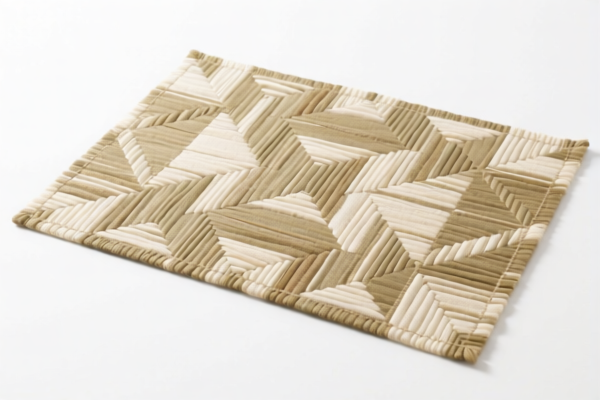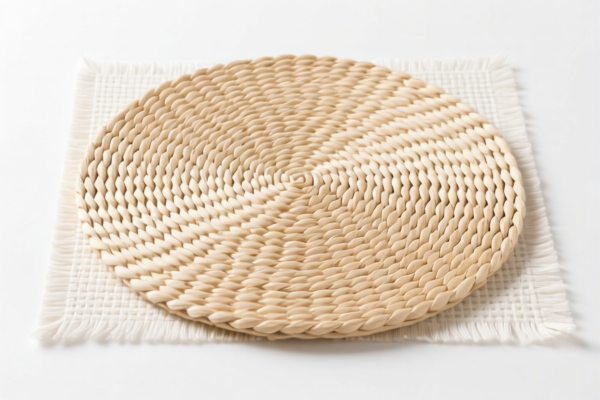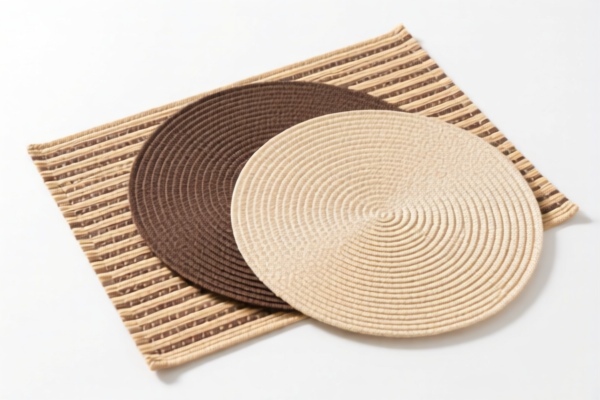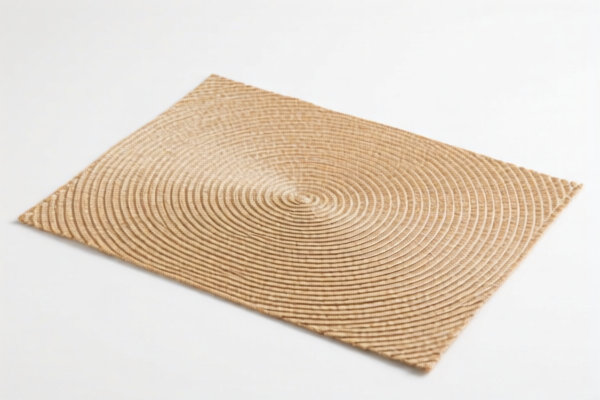| HS Code | Official Doc | Tariff Rate | Origin | Destination | Effective Date |
|---|---|---|---|---|---|
| 4419909100 | Doc | 40.7% | CN | US | 2025-05-12 |
| 4419901100 | Doc | 35.3% | CN | US | 2025-05-12 |
| 3924901050 | Doc | 33.3% | CN | US | 2025-05-12 |
| 3926903300 | Doc | 36.5% | CN | US | 2025-05-12 |
| 3926909905 | Doc | 42.8% | CN | US | 2025-05-12 |




Placemats - Halloween Spider
Placemats are generally flat, protective surfaces used beneath food service items—dishes, glasses, and cutlery—on a table. The term "Halloween Spider" indicates a specific decorative theme applied to these placemats.
Material:
Placemats are manufactured from a diverse range of materials, each offering varying levels of durability, aesthetics, and ease of cleaning. Common materials include:
- Fabric: Cotton, linen, polyester, and blends are frequently used. Fabric placemats offer a softer aesthetic and are often washable, but may stain more easily.
- Vinyl/PVC: Durable, water-resistant, and easy to clean. Often used for casual dining and outdoor settings.
- Cork: Provides a natural, rustic look and offers some heat resistance.
- Bamboo: An eco-friendly option, offering a stylish and sustainable surface.
- Plastic: Inexpensive and readily available, often disposable.
- Rubber: Provides a non-slip surface, ideal for preventing dishes from moving.
Purpose:
- Table Protection: Primarily protect the table surface from scratches, heat damage (from hot dishes), and spills.
- Decoration: Enhance the table setting and complement the overall dining experience. The "Halloween Spider" theme explicitly serves this purpose.
- Hygiene: Provide a cleaner surface for food service, particularly in communal dining settings.
- Noise Reduction: Reduce the clatter of dishes and cutlery.
Function:
Placemats function as a barrier between the table and dining items. They define individual dining spaces and contribute to a more organized table layout. The "Halloween Spider" design adds a festive element, typically featuring spiderweb patterns, spider imagery, or associated Halloween colors (orange, black, purple).
Usage Scenarios:
- Everyday Dining: Used daily to protect tables and add a decorative touch to meals.
- Special Occasions: Employed for holidays (like Halloween, given the theme), parties, and formal dinners.
- Casual Dining: Ideal for outdoor picnics, barbecues, and informal gatherings.
- Restaurants and Cafes: Used to enhance the dining experience and protect tables in commercial settings.
- Children's Meals: Provide a designated space for children to eat and protect the table from messes.
Common Types (based on design and construction, with relevance to the "Halloween Spider" theme):
- Printed Placemats: Fabric or vinyl placemats with a Halloween spider design printed onto the surface.
- Woven Placemats: Fabric placemats with a woven texture, potentially incorporating Halloween spider-themed patterns.
- Embroidered Placemats: Fabric placemats with a Halloween spider design embroidered onto the surface (less common, typically higher-end).
- Cut-Out Placemats: Vinyl or plastic placemats shaped like spiders or spiderwebs.
- Themed Sets: Sets of placemats, napkins, and other table linens specifically designed for a Halloween spider theme.
PLACEMATS, specifically those with a HALLOWEEN SPIDER design, fall under several potential classifications based on material composition. Here's a breakdown of relevant HS codes based on the provided information:
- 3924901050: This code covers Tableware, kitchenware, other household articles and hygienic or toilet articles, of plastics: Other: Curtains and drapes, including panels and valances; napkins, table covers, mats, scarves, runners, doilies, centerpieces, antimacassars and furniture slipcovers; and like furnishings Other. If the placemats are made of plastic, this is a likely classification. The description explicitly includes “table covers, mats”, which would encompass placemats. The total tax rate is 33.3%.
- 4419909100: This code covers Tableware and kitchenware, of wood: Other: Other. If the placemats are made of wood, this code applies. The total tax rate is 40.7%.
- 4419901100: This code covers Tableware and kitchenware, of wood: Other: Forks and spoons. While primarily for cutlery, if the placemats are made of wood and have a similar function to tableware, this could be considered. The total tax rate is 35.3%.
It is crucial to determine the primary material of the placemats to select the correct HS code. If the placemats are made of plastic, 3924901050 is the most appropriate classification. If made of wood, 4419909100 or 4419901100 may be applicable, depending on their specific design and function.
Customer Reviews
The page provided a good overview of the Halloween spider placemat theme and the relevant HS codes. I would have liked to see more examples of how to apply the tariff rates in practice.
Great resource for understanding the different HS codes for placemats. The explanation of 4419909100 for wooden placemats was spot-on and saved me time.
I found the breakdown of materials and HS codes for Halloween placemats very helpful. It made it easier to figure out the right classification for my product.
The HS code 3924901050 was exactly what I needed for my plastic Halloween placemats. The tariff rate and classification details were very clear.